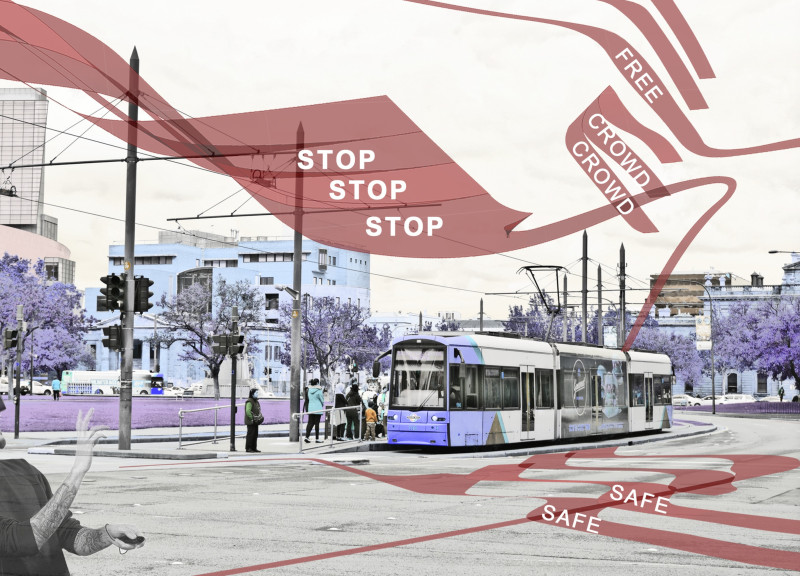5 key facts about this project
The initiative is established in Adelaide, focusing on community engagement and creativity through thoughtful design. The concept integrates social dynamics into urban spaces, allowing for interaction and collaboration among residents and visitors. By adapting to various activities, the design supports the rich programming of the Adelaide Fringe festival, which features over 900 events in multiple venues.
Social Media Conditioned Architecture
This approach uses social data to help shape public spaces, reflecting the actual interactions that occur within them. By tracking mood factors, the design dynamically responds to everyday urban life, adapting in real time. This responsiveness promotes an environment where users feel encouraged to connect with both the space and their peers.
Community-centric Design
Versatility is a key aspect, allowing the space to cater to a wide range of functions and experiences. It serves not just as a venue for performances but also as a social hub that invites community participation. With a framework to analyze mood factors, the design influences how spaces are arranged, enhancing the potential for interaction among users.
Flexible Public Spaces
Functionality is critical in this design, which is structured to easily transform based on specific event needs. This ensures the spaces stay relevant and can effectively accommodate the changing requirements of the community. The arrangement of these adaptable environments highlights a commitment to user experience and accessibility.
The result is an environment that feels alive and vibrant. By focusing on adaptability and community interaction, the design creates a strong bond between the built environment and its users, reflecting a true sense of urban life.


























